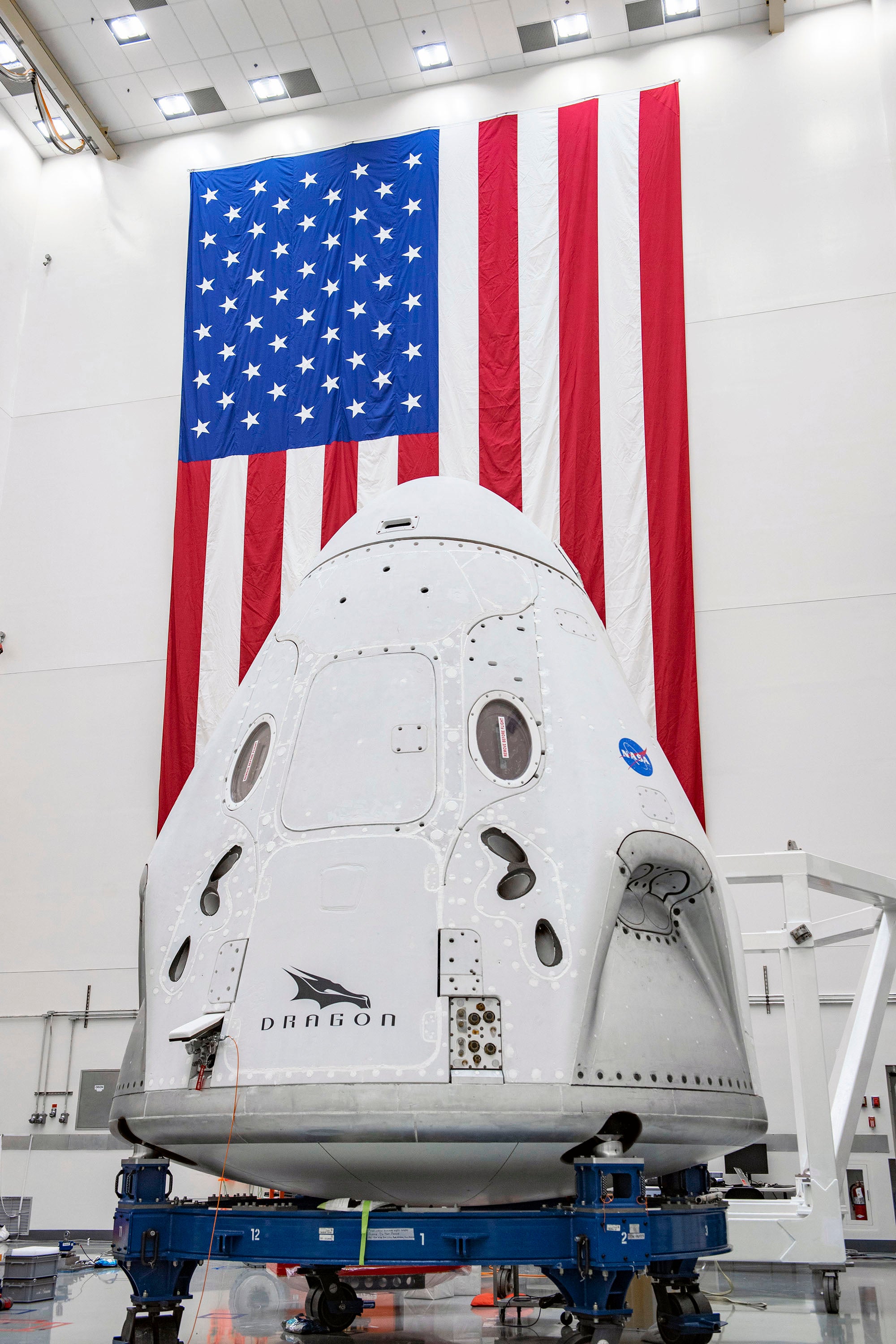SpaceX to stop building Crew Dragon spacecraft
SpaceX will keep flying Crew Dragon spacecraft but will focus on completing development of its larger Starship vehicle

Your support helps us to tell the story
From reproductive rights to climate change to Big Tech, The Independent is on the ground when the story is developing. Whether it's investigating the financials of Elon Musk's pro-Trump PAC or producing our latest documentary, 'The A Word', which shines a light on the American women fighting for reproductive rights, we know how important it is to parse out the facts from the messaging.
At such a critical moment in US history, we need reporters on the ground. Your donation allows us to keep sending journalists to speak to both sides of the story.
The Independent is trusted by Americans across the entire political spectrum. And unlike many other quality news outlets, we choose not to lock Americans out of our reporting and analysis with paywalls. We believe quality journalism should be available to everyone, paid for by those who can afford it.
Your support makes all the difference.SpaceX will end production of its Crew Dragon spacecraft, focusing company resources on completing the development of its larger Starship vehicle, which is designed to take humans to the Moon and Mars.
It will cap its Crew Dragon fleet at four of the reusable spacecraft, according to reporting by Reuters, and the company is currently finishing work on the fourth vehicle.
“We are finishing our final (capsule), but we still are manufacturing components,” SpaceX president Gwynne Shotwell told Reuters, “because we’ll be refurbishing.”
The limited Crew Dragon fleet will continue flying for the foreseeable future — the next Crew Dragon launch to the International Space Station is scheduled for early April — as Starship has yet to complete an orbital test flight due to regulatory delays.
SpaceX first flew astronauts to the ISS aboard a Crew Dragon in November 2020 as part of Nasa’s Commercial Crew program, the space agency’s initiative to fund private partners to provide a domestic astronaut flight service. Since then, Crew Dragon spacecraft have flown four crews of Nasa astronauts to the ISS and one private orbital mission.
Until Crew Dragon began flying, Nasa had been dependent on Russian spacecraft for launch services following the retirement of the Space Shuttle in 2011. Now the Crew Dragon spacecraft may soon be the only ride available to US and European ISS astronauts for the foreseeable future: While both the Russian space agency and Nasa have confirmed a Russian Soyuz spacecraft will bring Nasa astronaut Mark Vande Hei to Earth from the ISS on 30 March, tensions between Russia and the West over Russia’s invasion of Ukraine make further Russian rideshares to space unlikely.
The Boeing Dreamliner, the second spacecraft approved for Nasa’s Commercial Crew program, meanwhile, has been delayed due to a computer malfunction during a December 2020 orbital test flight.
While both Starliner and Dragon are space capsules, somewhat similar in size and appearance to the Apollo spacecraft of the 1960s and 70s, Starship is a spacecraft allegedly capable of carrying 100 crew, and SpaceX CEO Elon Musk has explicitly stated he hopes to use Starship to populate a city on Mars.
In the meantime, SpaceX will focus on proving Starship can one day replace Crew Dragon for service to the ISS, and developing a Starship variant that will serve as a lunar lander for Nasa’s return to the Moon in 2025.
Join our commenting forum
Join thought-provoking conversations, follow other Independent readers and see their replies
Comments